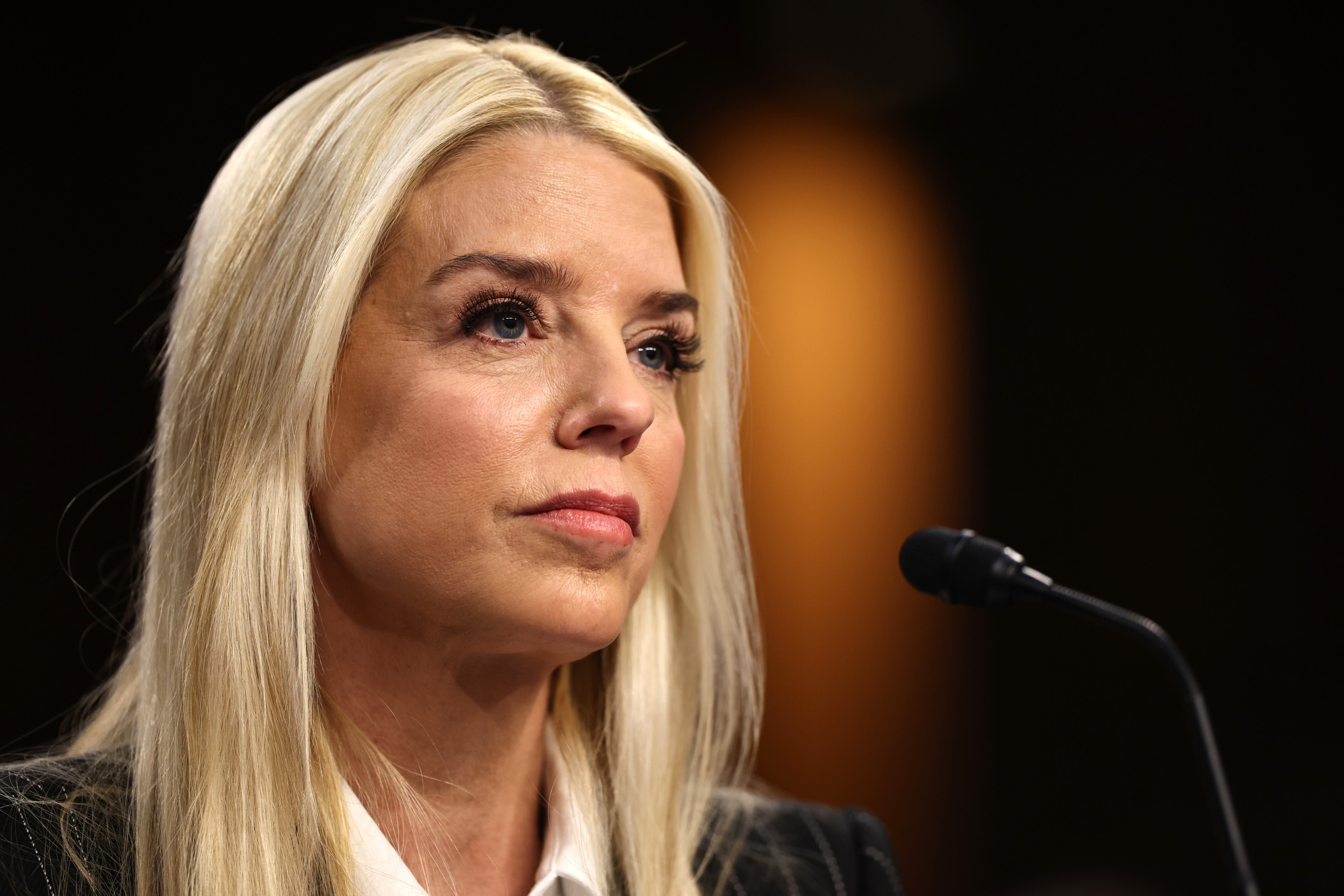Los Angeles fire bosses opted not to deploy 1,000 available firefighters and more than 40 water-carrying engines until after one of the wildfires was burning out of control — even as extreme warnings were coming in about life-threatening winds, according to a damning new report.
Officials held off ordering hundreds of available fire crews to remain on duty for a second shift last Tuesday to help battle flames taking hold in the since-ravaged Pacific Palisades neighborhood, according to internal fire department records obtained by the Los Angeles Times.
They also only staffed five of the more than 40 fire engines that were available, the records show.
No extra engines were readied in the Palisades region prior to the fire breaking out there, but nine were pre-positioned in the San Fernando Valley and Hollywood areas, according to the logs.
The additional manpower was only deployed to the now-destroyed Palisades enclave after the flames had already taken hold, according to the logs.
“The plan you’re using now for the fire you should have used before the fire,” former LAFD Battalion Chief Rick Crawford told the outlet. “It’s a known staffing tactic — a deployment model.
“You would have had a better chance to get a better result if you deployed those engines,” added Crawford, who now runs emergency and crisis management for the US Capitol.
“You give yourself the best chance to minimize how big the fire could get. … If you do that, you have the ability to say, ‘I threw everything at it at the outset.’”
“That didn’t happen here,” he continued, adding that the decisions were part of a “domino effect of missteps” by officials.
Still, LA’s Deputy Chief Richard Fields, who was in charge of staffing and equipment ahead of the historic wildfires, stressed that his plan was “appropriate for immediate response.”
“It’s very easy to Monday-morning quarterback and sit on the couch and tell us what we should have done now that the thing has happened,” he told the outlet.
“What we did was based on many years of experience and also trying to be responsible for the rest of the city at any given time of that day.”
Fire Chief Kristin Crowley too defended the department’s tactics — arguing it had to be strategic with limited resources given 911 calls doubled last Tuesday from a typical day.
“The plan that they put together, I stand behind, because we have to manage everybody in the city,” Crowley said.
LAFD officials have previously blamed their firefighting response, in part, on budget cuts after it emerged that Los Angeles Mayor Karen Bass had slashed $17.6 million from the department ahead of the devastating fires.
Crews fighting the Palisades Fire also reported early on that they struggled to fight flames after local hydrants ran dry due to low water pressure.
It has since emerged that the 117 million-gallon Santa Ynez Reservoir in the fire-ravaged Pacific Palisades neighborhood was empty and undergoing repairs to its torn cover when the historic blaze started ravaging the region a week ago.
The Palisades Fire, along the coast, has been blamed for eight deaths as the wildfires continue to destroy the area.
Cal Fire reported containment of the Palisades Fire at 18% as of Tuesday.






